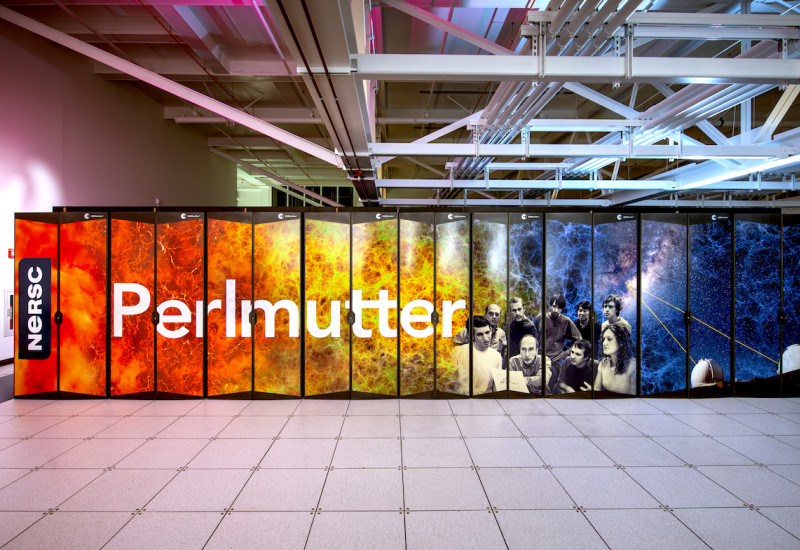
National Energy Research Scientific Computing Center
NERSC is the mission science computing facility for the U.S. Department of Energy Office of Science, the nation’s largest supporter of basic research in the physical sciences.
Center Status
NERSC by the Numbers
NERSC empowers scientists to make strides in basic research, leading to breakthroughs in energy technologies, materials, chemistry, physics, cosmology, computing, and beyond.
In 2024 alone, NERSC supported
11,822
Scientists
864
Institutions
2,393
Science Results








